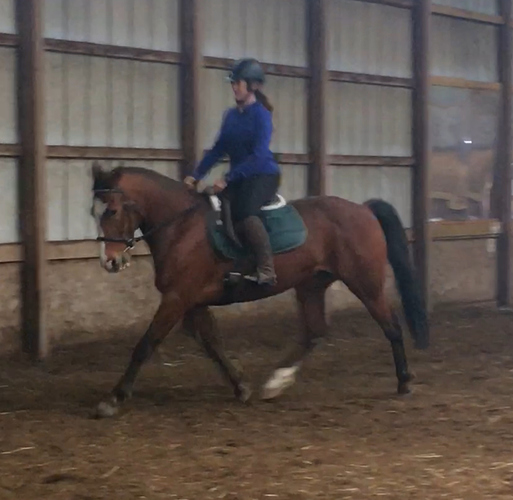I think you can contact trainers who regularly train QHs. A “washout” might be a QH who doesn’t care about cows, who has a higher-set neck, is a larger one as a youngster, or doesn’t respond to (I’m sorry, but it is true) many harsh QH trainer’s methods. It is worth finding out when the horse was started and how much work it did because many QHs are started as 2 year olds and worked hard. They can have a lot of wear and tear by the time they are 4. Not all, but some do. Many ranches in, say, TX breed a bunch of youngsters every year and they’re broken as 2-3 year olds to do ranch work. The ranch might keep a few but sell the rest. Many of these horses have lived outside and mostly did ranch work. I have a friend who purchased one of these because he’s tall and this horse was tall and someone told him about it. He absolutely loves this horse about 2 years after purchase.
ETA: Don’t necessarily mention you are looking for a dressage prospect. Say “english” and say maybe! Prices can get jacked up.



 )
)